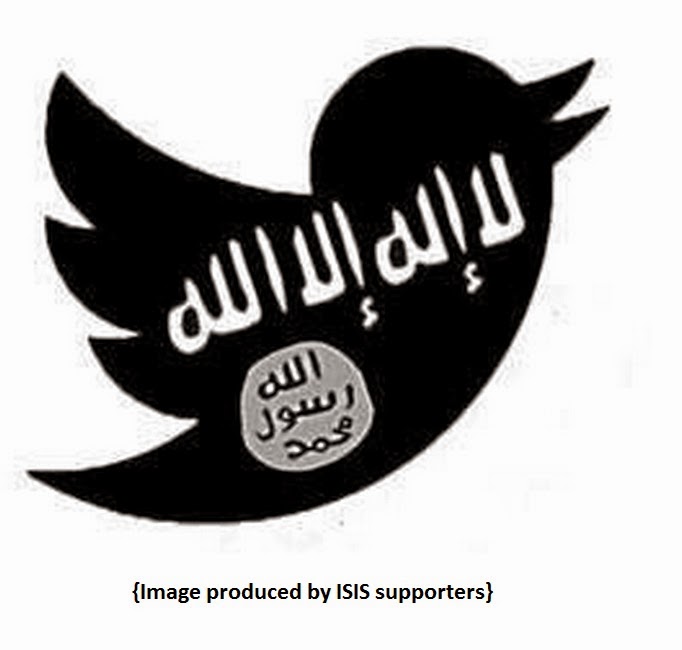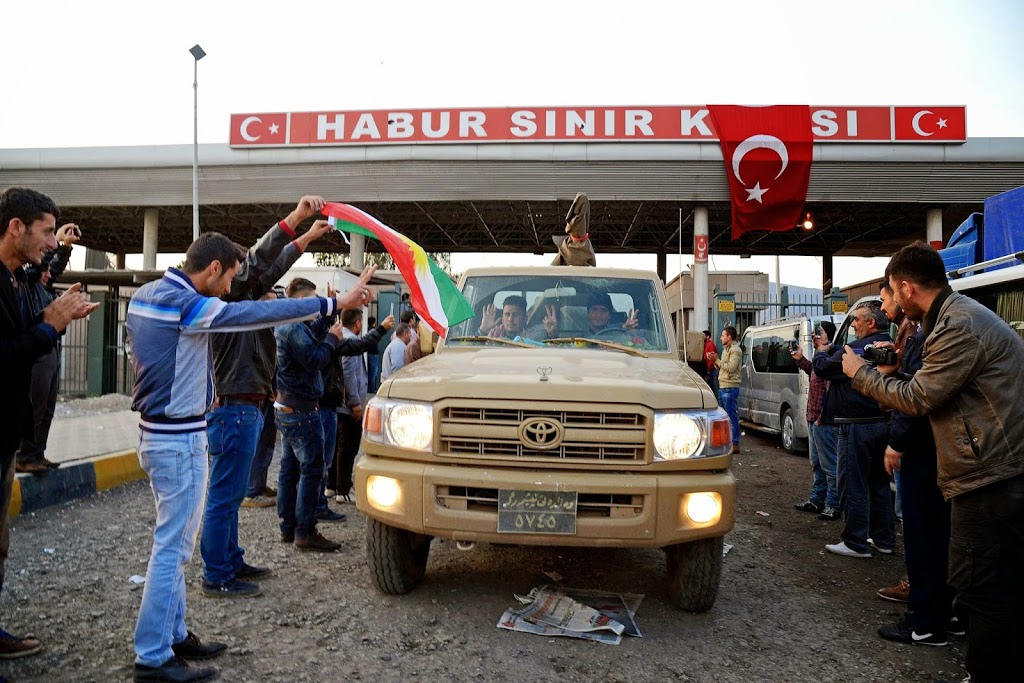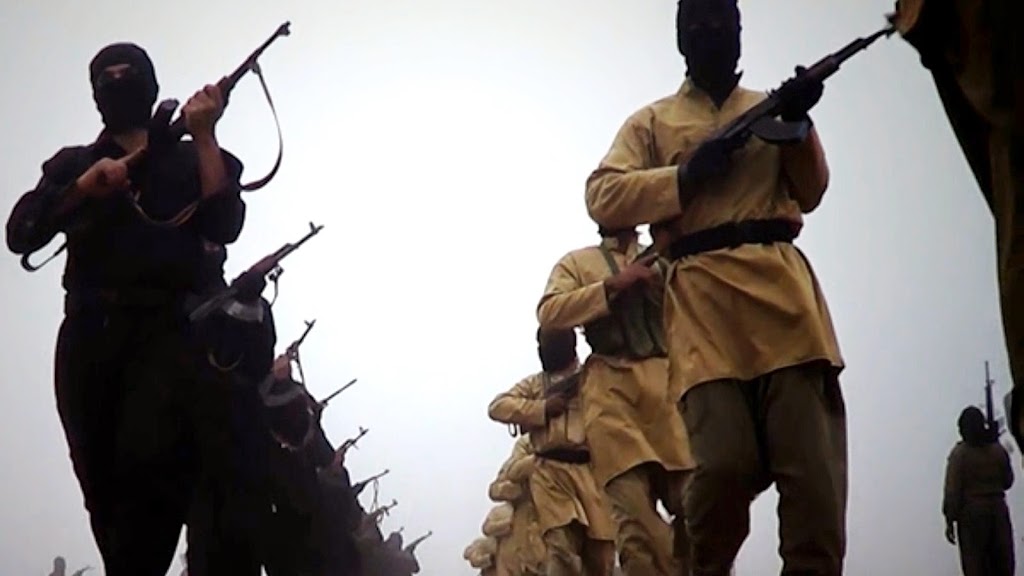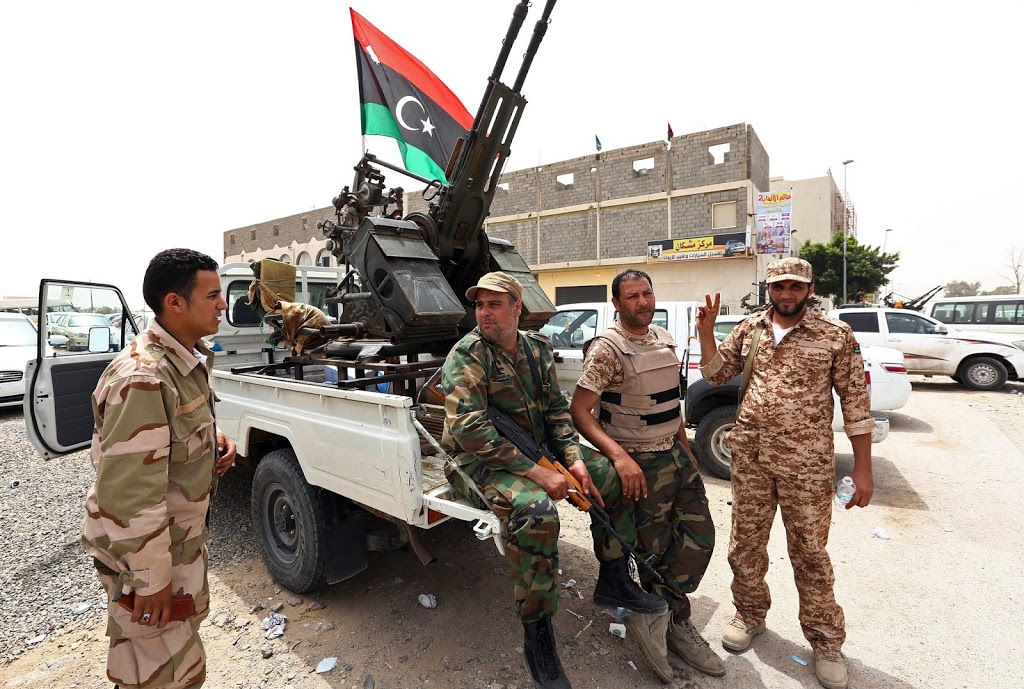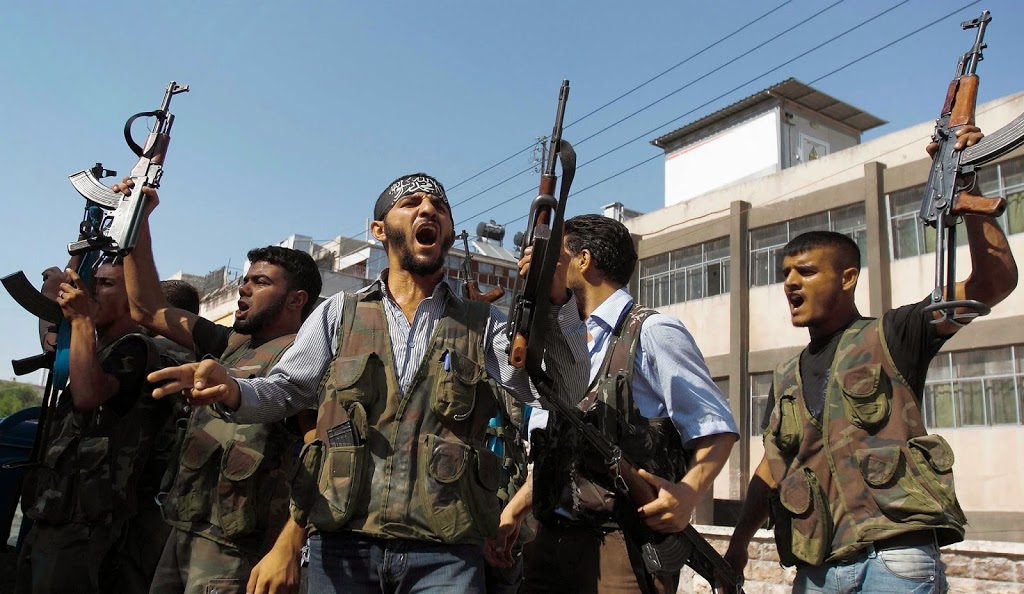ISIS introduces ‘price scheme’ for selling enslaved women and girls
Le donne cristiane e yazide vendute come schiave dai miliziani dell’Isis: i prezzi vanno dai 40 ai 170 dollari. Le loro giustificazioni? Nell’interpretazione del Corano e della sharia…
Islamic State has set fixed prices to sell Yazidi and Christian women who have been abducted by members of the militant group, Iraqi media have reported. The barbaric tariffs range from around $40 for older women to $170 for children.
The group, also known as ISIS or ISIL, says they will execute anyone who violates the controls, which have been implemented. $43 is the price for a Yazidi or Christian women who is aged between 40 and 50.
For those aged between 20 and 30, the price is $86. The sickening trend continues, with girls falling into the 10 to 20 age group being sold for $129 and children up to the age of nine, commanding the highest prices of $172 or 200,000 dinars.
The document states that there has not been so much interest in purchasing slaves recently. “The market to sell women and spoils of war has been experiencing a significant decrease, which has adversely affected ISIS revenue and financing of the Mujahideen,” said the document, which was obtained by the website IraqiNews.com.
The document also says that no individual is allowed to buy more than three slaves. However there are no exceptions for foreigners, such as those from Turkey, Syria and the Gulf States.
Nevertheless, according to a recently shared video, it would seem the slave girl trade is still very much alive amongst some Islamic State (IS) fighters. Captured on film, they were laughing and joking about getting their share of the spoils.
“Today is the day of female slaves and we should have our share,” declares a bearded militant, flanked by fellow fighters on a couch. The video, which has not been independently verified, was released by Islamic State last month and has been newly translated by Al Aan TV, a Dubai-based TV station.
“Where is my Yazidi girl?” one man asks repeatedly as others laugh. The video was shot in the Iraqi city of Mosul, an Islamic State stronghold, captured in June, reports Al Aan.
“Whoever wants to sell his slave, whoever wants to give his slave as a present…everyone is free to do what he wants with his share,” says the bearded fighter, eager to obtain a slave girl of his own.
IS has bragged about the enslavement of women and girls from territories they have captured. They see it as the revival of an ancient custom, under which captured women and girls were treated as trophies from the spoils of war.
In an article in its English-language online magazine Dabiq, the group provides what it says is religious justification for the enslavement of defeated “idolators.”
“After capture, the Yazidi women and children were then divided according to the Shariah amongst the fighters of the Islamic State who participated in the Sinjar operations, after one fifth of the slaves were transferred to the Islamic State’s authority to be divided as khums,” it said, which was reported by Reuters. Khums is a traditional tax on the spoils of war.
In September, over 120 prominent Muslim scholars wrote an open letter to the Islamic State leadership, denouncing them and their barbaric interpretation of the Koran and Sharia law.
Source: RT.com
Iran, Turchia e Israele: i nuovi volti del Medio Oriente
Il Medio Oriente così come l’abbiamo conosciuto fa ormai parte del passato. L’opera di riconfigurazione della regione dipende dalle decisioni di nuove potenze, quali l’Iran, la Turchia e Israele, considerate le future eredi del patrimonio arabo.
Questi nuovi protagonisti in Medio Oriente aspirano all’eredità araba. Ma ne sono all’altezza?
Gli ultimi avvenimenti storici hanno mostrato la fragilità e il relativo declino di più di uno stato arabo, che sembrano voler scaricare il peso delle proprie responsabilità ai nuovi arrivati.
È opportuno invece prendere atto di quanto accaduto e di quanto ancora in corso. Una rivisitazione storica mostra il fallimento di quel territorio conosciuto come la Mezzaluna fertile.
Per primo consideriamo lo Yemen. Qui, il gruppo degli Houthi ha spinto verso il settarismo, eliminando le tracce di un modello politico che ha guidato il Paese per circa un quarto di secolo, dal 1990.
A seguire, l’Egitto, il più grande tra gli Stati arabi, costretto oggi a nuove sfide, provenienti da Gaza e Libia, che evidenziano la sua inadeguatezza al comando.
Poi, il Sudan, diviso ora tra Nord e Sud, è privo di una personalità forte a tener testa alle complicazioni interne.
La divisione in Medio Oriente risale senz’altro all’assenza dell’idea di “Nazione” e a un nuovo tipo di alleanza che supera l’antico legame patriottico.
È il caso dell’Iraq, guidato da impulsi settari, in seguito all’invasione americana nel 2003, all’ascesa del partito Ba’th e ad imprese straordinarie quali l’occupazione del Kuwait.
Un’analoga situazione si riscontra in Siria, con un governo a conduzione familiare, quello degli Assad. Qui la crisi politica o esistenziale ha danneggiato quel potenziale umano e naturale che avrebbe offerto al Paese una posizione privilegiata.
E ancora non possiamo dimenticare la minaccia libanese o algerina.
Alla luce di quanto detto, è opportuno chiedersi quanto l’Iran, la Turchia e Israele siano in grado di ricoprire il ruolo di pionieri in Medio Oriente.
Apparentemente, la situazione in cui riversano i tre Paesi sembra essere loro favorevole. Infatti, l’assenza di forze di opposizione in Turchia e Israele ne è un tratto determinante. Tuttavia, ad un’indagine più approfondita, anch’essi risultano piuttosto deboli.
Vari fattori fanno dubitare sul loro futuro.
Tra questi, il settarismo in Iran potrebbe agire da arma a doppio taglio.
La Turchia, malgrado i successi economici, sembra annegare nel gioco dei Fratelli Musulmani.
E infine lo stato di Israele: quest’ultimo, guidato dal presidente Benjamin Netanyahu, è stato assorbito totalmente dai suoi vicini, tanto da divenirne uno di loro.
Source: Arabpress
Clashes in west of Libya’s Tripoli kill 142
Turkish military angered by Ankara’s peshmerga move
Islamic State intelligence network stifles resistance
Libya forces advance toward recapturing Benghazi
The pro-government Libyan Special Forces, have advanced toward recapturing Benghazi, the second largest city, from militants and there are fierce clashes using all kinds of weapons, according to a military spokesman.
In a statement to KUNA, General Miloud Al-Zawi said on Sunday that the Special Forces are progressing in the fight against Benghazi Revolutionaries Shura Council, who have joined forces with the Islamist militant group Ansar Al-Sharia.
He denied reports that the Special Forces’ Commander Wanis Bukhamada, was injured in these clashes, deeming such reports as “baseless and untrue.” Benghazi has been experiencing a fierce fighting between Libyan forces and Benghazi Revolutionaries Shura Council for more than two weeks, leaving scores dead and injured.
Source: kuna.net.kw
Al Nusra takes Syria town from Western-backed rebels
Al Qaeda affiliate Al Nusra Front seized a town in Syria’s Idlib province overnight, in another blow to Western-backed rebel fighters in the northwestern region, a monitor said Sunday.
The Syrian Observatory for Human Rights said Al Nusra fighters captured the town of Khan al Subul after the withdrawal of the Hazm movement, a moderate opposition group.
The advance comes a day after the Britain-based Observatory reported Al Nusra fighters had seized the Idlib bastion of the Syria Revolutionaries Front (SRF), another Western-backed opposition group.
The Observatory said Saturday that Al Nusra had captured Deir Sinbel and most of the other towns and villages in the Jabal al- awiya area of Idlib province.
The advance of the Al Qaeda affiliate is seen as a blow to US efforts to create and train a moderate rebel force as a counterweight to militants and the forces of Syrian President Bashar Al Assad.
The Observatory said some members of the SRF even deserted the group during the fighting and joined Al Nusra’s ranks.
The Hazm movement is among the rebel groups that have received limited supplies of US-made weapons, including TOW anti-tank missiles.
Syrian moderate and Islamist rebels have in the past allied with Al Nusra in battles against both the Syrian regime and the militant ISIS group.
Source: khaleejtimes.com
Dozens of Libyans in eastern town pledge allegiance to Islamic State leader Abu Bakr al-Baghdadi
Dozens of residents of a town in eastern Libya have pledged allegiance to Abu Bakr al-Baghdadi, leader of Islamic State militants fighting in Syria and Iraq, according to a video and a resident.
Around 50 young people could be seen in a video posted on social media gathering in Derna to support Baghdadi, who calls himself “caliph”, or Muslim leader, of Islamic State, an Al Qaeda offshoot.
A Derna resident confirmed the authenticity of the video, taken late on Friday.
There has been growing concern among Western nations and Libya’s neighbours that Islamic State is trying to exploit lawlessness in the oil producer where militant Islamists and other militias who helped topple Muammar Gaddafi in 2011 are carving out fiefdoms.
United States and Arab forces have bombed Islamic State targets in Syria and Iraq since the militants declared a caliphate in the territory under their control.
Derna, a port halfway between the eastern Libyan city of Benghazi and the Egyptian border, has since 2011 turned into a gathering point for militant Islamists and al Qaeda sympathisers.
Fifteen members of Islamic State, led by an Egyptian and a Saudi national, travelled to Derna from Syria in September trying to rally support and establish an Islamic State branch in Libya, Egyptian security officials have said.
Youth driving through the town waiving Islamic State flags could be seen after the visit, according to a video on social media.
Authorities were unable to open ballot boxes for Libya’s parliamentary elections in June in Derna due to threats from militants. Militant Islamic youths also executed an Egyptian for alleged murder in Derna stadium.
Derna, already a stronghold of Islamist opposition under Gaddafi, has also made headlines with pictures of Islamic courts and police stations.
Source: DNA India
Is Syrian army heading for victory in Aleppo?
Violent battles erupted between opposition forces — namely the Hazm Movement and Jabhat al-Nusra — and the Syrian army, before the latter on Oct. 23 took control over the strategic town of Murak in Hama’s northern countryside, where the flags of the opposition were taken down and Syria’s flag with the two green stars rose in the town’s main square.
The relative calm experienced in Hama does not indicate that its countryside is witnessing possibly crucial battles. Upon leaving the city, one sees Syrian army tanks spread on both sides of the international highway, welcoming people with a calm demeanor. However, upon reaching Qamhana, one sees land and towns covered in black smoke and hears the sounds of clashes.
When Al-Monitor arrived in Murak, calm had prevailed over most of the area, with the exception of a few neighborhoods experiencing combing operations in anticipation of ambushes or traps left behind by the opposition fighters.
A member of the National Defense Forces participating in the battle told Al-Monitor on condition of anonymity, “The forces centralized in the south of the city are advancing, while the shelling and combing operations, using machine guns and heavy weapons, on both the western and northern sides of the city are increasing. All this led to the collapse of the defense [strategy] of the gunmen trapped inside Murak. Our control over the hill of the tank battalion on Oct. 18 in the northeast of the town allowed us to siege it and detect the supply lines there.”
Ahmad Fadel, a journalist accompanying the Syrian opposition forces, confirmed that the fighters withdrew from the town due to heavy artillery shelling and airstrikes by government forces. “The heavy shelling forced the fighters to withdraw from the town toward northern areas, particularly toward al-Kassara checkpoint, Atshan village in the east and the town of Khan Shaykhoun in the north,” he told Al-Monitor.
“The town was invaded from three sides, after shelling by military aircraft and helicopters that lasted 10 hours with over 90 airstrikes using barrel bombs and thermobaric weapons. Subsequently, the fighters were forced to withdraw two nights ago,” Fadel said.
Opposition forces took over Murak in late June, which then allowed them to cut off supplies to government troops. The supply line ran from the areas the government controlled in the province of Hama to the military camps of Hamadiya and Wadi al-Dayf, east of the province of Idlib, which were completely besieged by opposition forces after they were able to control Murak.
The town’s importance derives from its strategic location as a node connecting the opposition’s supply lines, starting from Hama’s countryside and down to the areas it controls along the Syrian coast. In this context, Thaer Dayoub, a journalist specialized in military affairs, told Al-Monitor, “By controlling Murak, vast areas the fighters in Idlib’s countryside had sway became accessible to the Syrian army.”
Dayoub said the Syrian army is expected to advance after its accomplishments in Hama’s western and northern countryside, as well as following the impact it had on imposing a military siege around Aleppo and Idlib. “Murak’s military fall indicates the complete securing of military supply lines to the north, which weakens the danger to the troops in Aleppo and positively affects the course of the battles in both the city and its countryside,” he added.
According to a retired officer from the Syrian army in Damascus, who spoke to Al-Monitor on condition of anonymity, the Syrian army was alerted after the opposition and Jabhat al-Nusra fighters came close to reaching Hama’s military airport and the city of Mhardeh. “It is not likely for the regime to lose the airport. What is even more dangerous is for the opposition forces to invade Mhardeh. This is why Gen. Sohail Hassan was assigned this task; [his] troops managed on May 22 to advance in the north of the city of Aleppo and lift the siege of its central prison,” he said.
In August, Jabhat al-Nusra had declared the launch of its military operation in Hama’s northern countryside, making Christian-dominated Mhardeh its main objective. At the same time, it was reaching Hama, shelling its neighborhoods and advancing toward its military airport.
The retired officer said the government forces’ control over Murak had a negative impact on the opposition fighters in the rest of Hama’s countryside. He said, “The fighters in the towns of Hama’s northern and western countryside withdrew and moved toward Khan Shaykhoun, after the siege was tightened around Murak, where these towns became surrounded by the Syrian army.”
He stressed that the Syrian army’s control over Murak and Halfaya had secured the road to the camps of Wadi al-Dayf and Hamadiya in the countryside of Idlib to lift their siege. The army advanced toward Khan Shaykhoun, the main stronghold of Jabhat al-Nusra — to which fighters from Murak fled — and took control of it.
From there, it will move toward the countryside of Idlib and to Idlib itself, which is under army control. “Khan Shaykhoun is an important door toward full control over the road from Idlib’s countryside toward Maarat al-Numaan, Kafr Nabl, Saraqib and Ariha, to reach the city of Idlib. If the regime’s strategy works, the central region of Syria — from Idlib, Damascus, Suwayda and the west, toward the coast — would be under its control. This would be of strategic importance for its forces’ operations on other fronts,” he said.
The officer, who retired two years ago, said government forces would face a problem with the large number of opposition fighters in the north. “To reach Khan Shaykhoun, they have to control al-Khazanat camp and al-Salam checkpoint, which is not easy. The Syrian army would then have to face [Jabhat al-] Nusra’s stronghold in Khan Shaykhoun, which would be the biggest obstacle before the Syrian army achieves this operation’s objective,” he said.
It seems that the Syrian army was able to open new fronts that it was not capable of reaching before. If it achieves its objective of reaching Aleppo’s countryside and opening supply lines to the north, the opposition will be in big trouble, between the Islamic State (IS) on the one hand and with the Syrian army on the other. However, the element of surprise is the real decision-maker here, especially after the opposition received new weapons supplies shortly after the international war against IS started.
Source: Al Monitor
- « Previous Page
- 1
- …
- 237
- 238
- 239
- 240
- 241
- …
- 268
- Next Page »
